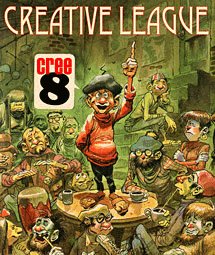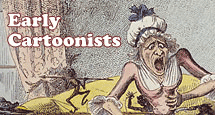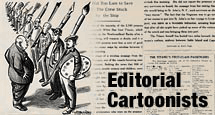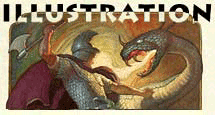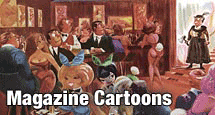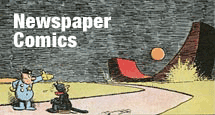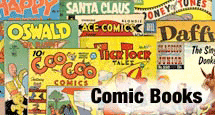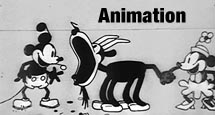This posting is a stub. You can contribute to this entry by providing information through the comments link at the bottom of this post. Please organize your information following the main category headers below….
Birth/Death
Birth: August 23 1878
Death: October 26 1957
Occupation/Title
illustrator and designer
Bio Summary
He was the grandson of the architectural artist L.J. Wood RI and eldest son of the landscape painter Pinhorn Wood. In 1896 he joined the staff of periodical publisher C. Arthur Pearson Ltd. at the age of eighteen. He worked there for six years where he met his future wife, Charlotte Forge whom he married in 1902. At age 24 he pursued a freelance career and also illustrated several books, including The Invaders by Louis Tracy in 1901 for Pearson. He gained immense popularity with his humorous drawings of comic policemen, dinosaurs, prehistoric and Stone Age characters. Towards the end of his life he lived as something of a recluse in a 15th century medieval manor house in the heart of Sussex.
Early Life/Family
He was born to a family in which watercolor painting had been a tradition for two generations. He met his wife, Charlotte Forge at his first job on the staff of periodical publisher C. Arthur Pearson.
Education/Training
He studied at the Slade School of Fine Art, Heatherley’s School of Fine Art and attended classes at Frank Calderon’s School of Animal Painting.
Career Outline
In 1896 he joined the staff of periodical publisher C. Arthur Pearson Ltd. Six years later he pursued a freelance career which proved extremely successful. He was published in some of the most prestigeous magazines of the day and illustrated a number of books as well. He also served as an officer in the Kite Balloon Wing of the Royal Flying Corps during the First World War. Once peace returned Wood set up a factory producing “The Lawson Woodies”,simple wooden toys of animals, birds and humans to his own designs.
Comments On Style
Lawson Wood had a very humorous, colorful style that was always technically superb and very collectable today.
Influences
Tom Browne, a fellow member of the London Sketch Club was a good friend and influence on Lawson.
Personality
During the First World War Lawson engaged in one of the war’s most dangerous tasks- plane spotting from a balloon which he undertook with gallantry.
Anecdotes
Lawson possessed a great love of animals and set up his own animal sanctuary for aged creatures.
Miscellaneous
Filmography
Honors
He was awarded a fellowship of the Royal Zoological Society for his active work with animals and their welfare.
Related Links
http://www.animationarchive.org/2009/03/illustration-lawson-wood-monkey-painter.html
http://www.animationresources.org/2007/08/illustration-more-from-monkey-man.html
http://www.bpib.com/illustra2/lwood.htm
Bibliographic References
Jayne Felicity Smith of Guggenheim Pictorials
BIO-AAA-563
Contributors To This Listing
To make additions or corrections to this listing, please click on COMMENTS below…









 by
by 





